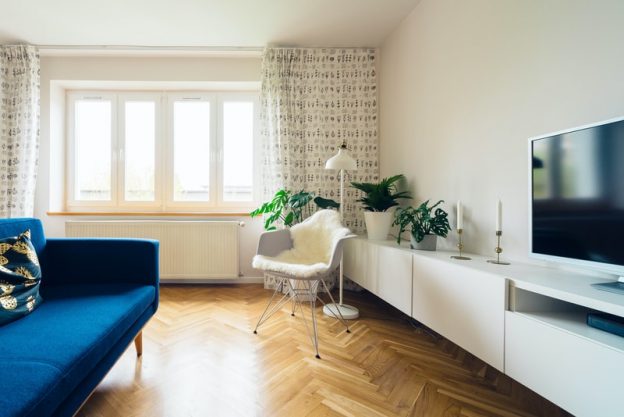Having a comfortable house is everybody’s dream. After a tiring day at school or work, it is where you can take some rest. Your home is one of the best places where you can be yourself, and no one will judge you. But, it is not enough to create a comfortable living space because you also need to make it safe. In your house, invisible enemies like radon can significantly affect your health. Is it safe to live in a house with radon gas? If not, what can you do about it?
Radon: A Naturally Occurring Gas
If you have never tried testing your home for radon, then you cannot tell if it is safe from this cancer-causing gas. Since radon is inert, odorless, and colorless, you can’t determine if it exists in your home unless you conduct a radon test. It’s not your fault if your home has radon because it naturally exists. Besides, radon can be eradicated as long as you install radon mitigation in your home.
Radon mitigation is crucial because you and your family could be exposed to high radon levels without it. Long-term exposure to this radioactive material can damage your lungs and, worse, cause lung cancer. The World Health organization recognizes radon as the second leading cause of lung cancer in the United States. The US Environment Protection Agency estimates that about 21,000 people die each year from cancer caused by radon.
House With Radon Gas
As mentioned earlier, radon can cause cancer. Therefore, living in a house with radon gas is not safe at all. Though small traces of it cannot cause death right away, would you still wait for that moment for the levels to rise? No one should because if your home has radon, it is important to eradicate it by installing a radon mitigation system. The process of installing radon mitigation starts with radon testing.
You have to test your home for radon to see if it exists in your home. If the results say your home has radon, you need to monitor the levels first. If the radon tests show consistently high radon levels, contact your state’s radon contractor to ask for some professional advice. The contractor may recommend trying standard radon mitigation techniques to see if they will work out. But if not, you might need to install a radon mitigation system to lower the radon levels.
Your home should be your safest haven, but invisible enemies like radon can cause risks to your health. As a homeowner, you have to be aware of these because they might put your life in danger. A house with radon gas increases your chances of getting lung cancer, so it would be best for you and your family to take the necessary actions right away.



